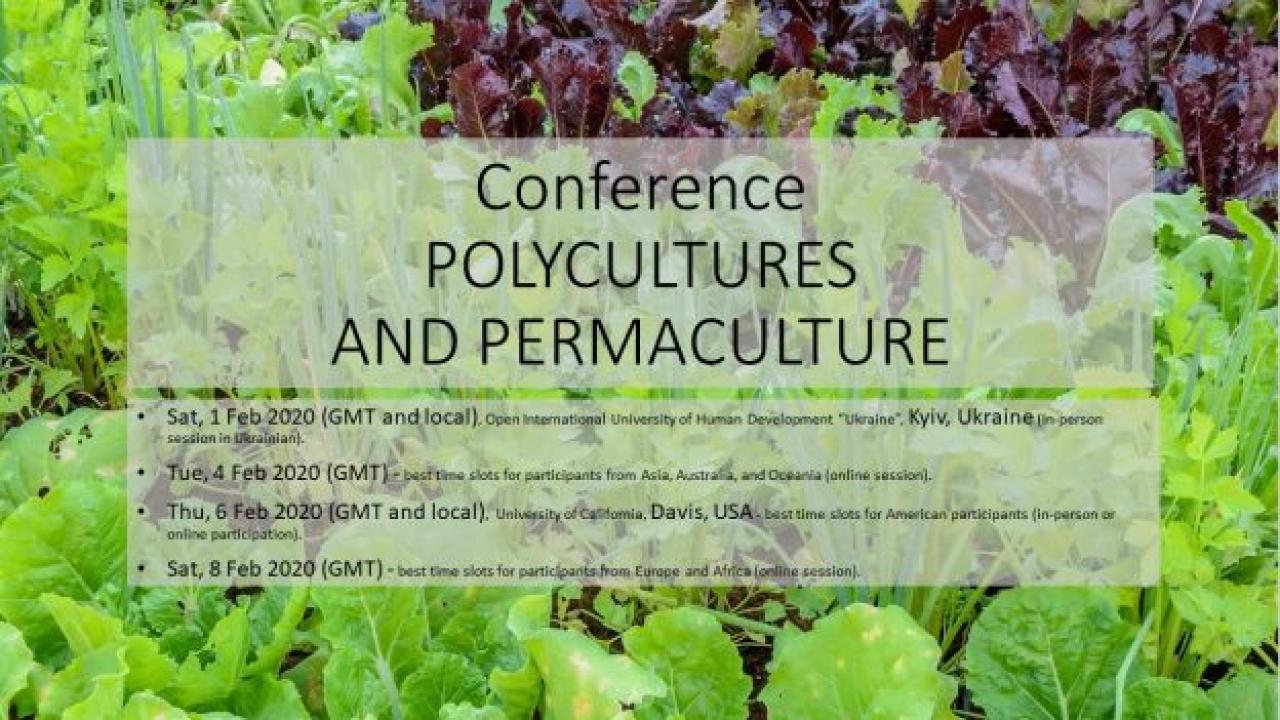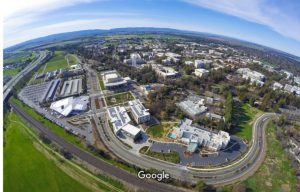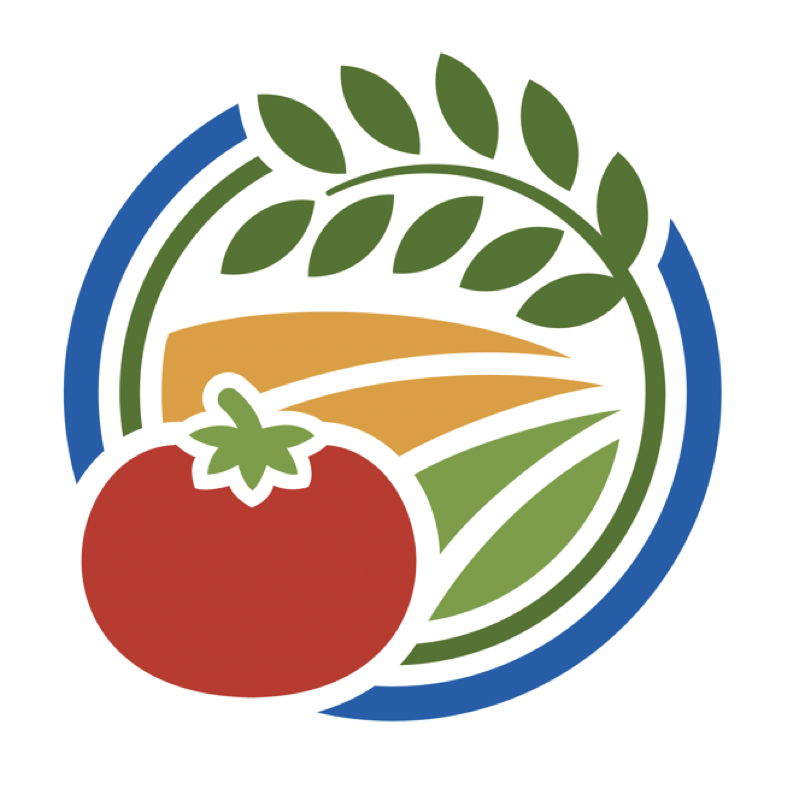
Event Date
Polycultures and Permaculture
Conference Website (includes program, schedule, and additional links)
Agricultural systems cover approximately 40% of the land surface of the Earth and thus have a significant biospheric impact. This impact will only increase as the population grows by an additional two billion by 2050 and requires 30% more food production globally than is produced at present. Ideally, this challenge would be met through the sustainable intensification of agriculture.
Notwithstanding the gains of contemporary industrial agriculture, there have also been numerous drawbacks due to dependence on intensive management and on the availability of scarce and non-renewable resources, and consequently their negative impact on ecosystems. Modern industrial agriculture results in the simplification of the structure of the environment, replacing diversity with a small number of varieties for its major crops with declining species richness, and decreasing trait and functional diversity in general, thus increasing the vulnerability associated with genetic uniformity. In this sense it is high risk. Progress towards a more low-risk agriculture is required, that will be compatible with ecosystem preservation (halting the loss of biodiversity and degradation of ecosystems) and resistance to climate change.
Using polycultures is one way to diversify agricultural systems. The design of polyculture systems – meaning the simultaneous cultivation of several crops in the same space – requires improved conceptual knowledge that addresses the challenges associated with the crop domestication (decreased ability to perform in mixtures, faster decomposing leaf litter, less diverse and efficient fungal-dominated microbiome, uniform genotypes with decreased water use efficiency, loss of genetic diversity in resistance to insect herbivores). Through facilitation and resource partitioning, polycultures are capable of providing multiple biodiversity-based agroecosystem services, mainly by decreasing nutrient and radiation losses due to increased plant diversity and soil cover, and by promoting soil fertility, carbon storage and biological regulation owing to minimizing mechanical and chemical disturbances of soil, and organizing the landscape matrix.
Efforts to spread knowledge-intensive biodiversity-based agriculture require specific scientific recommendations, and these are often too general. The combined efforts of multidisciplinary researchers and practitioners are needed to design low-input, scalable, high-yielding polyculture systems, which will be environmentally-tailored and focused on biodiversity restoration.
About the venues:
The conference has 2 online sessions and 2 blended sessions (with both in-person and online participation). Here we provide brief information about venues that host blended sessions.

The Agricultural Sustainability Institute at the University of California, Davis USA, brings together the expertise of more than 70 UC Davis faculty, staff, postdoctoral fellows, graduate student researchers, and undergraduate student assistants to address big and emerging issues related to food and farming sustainability.
We partner with farmers, ranchers, agribusiness, non-profits, policy makers, and local communities to ensure that our research and teaching respond to the needs of the people of California and the world.

Open International University of Human Development “Ukraine” (Kyiv, Ukraine) is a classic educational institution. It means that there are many different directions and specialties including engineering, design, philology, psychology, physical rehabilitation, biotechnology, publishing, economic and management, computer science, automobile, law etc (45 specialties at this moment). Currently it develops the graduate program Applied Ecology and Permaculture.
